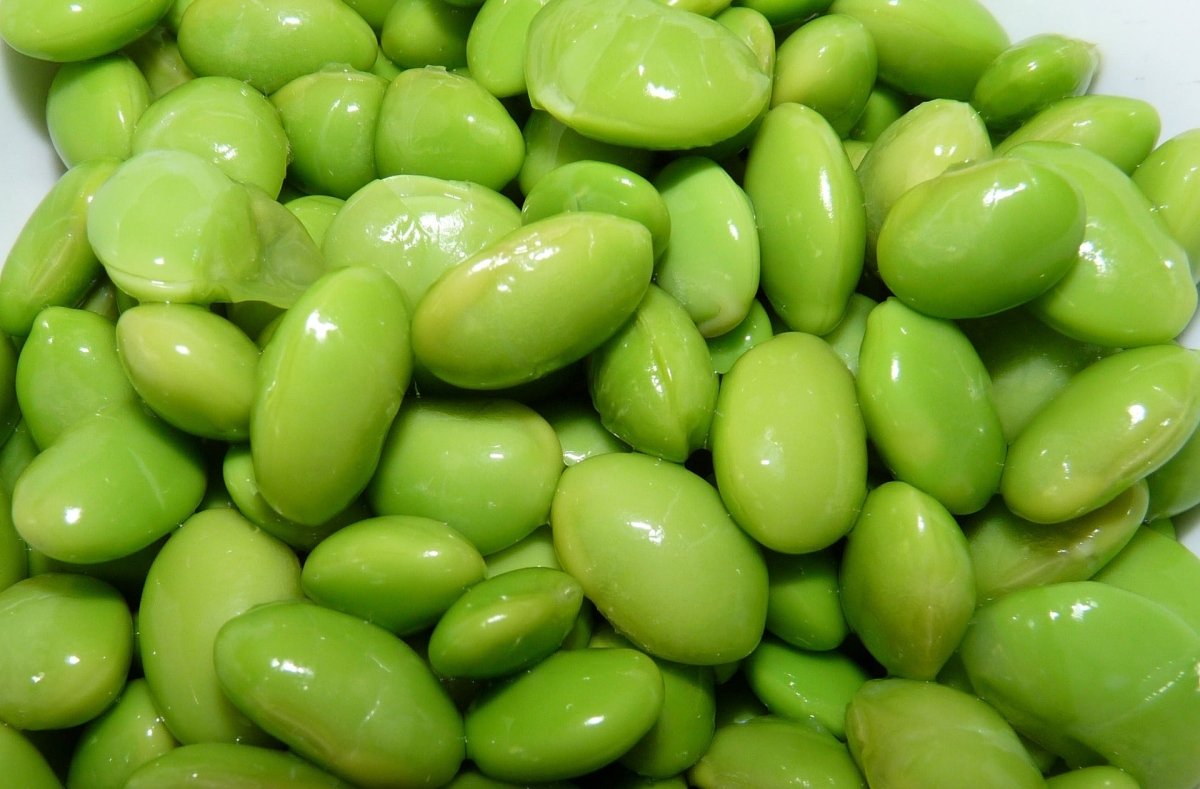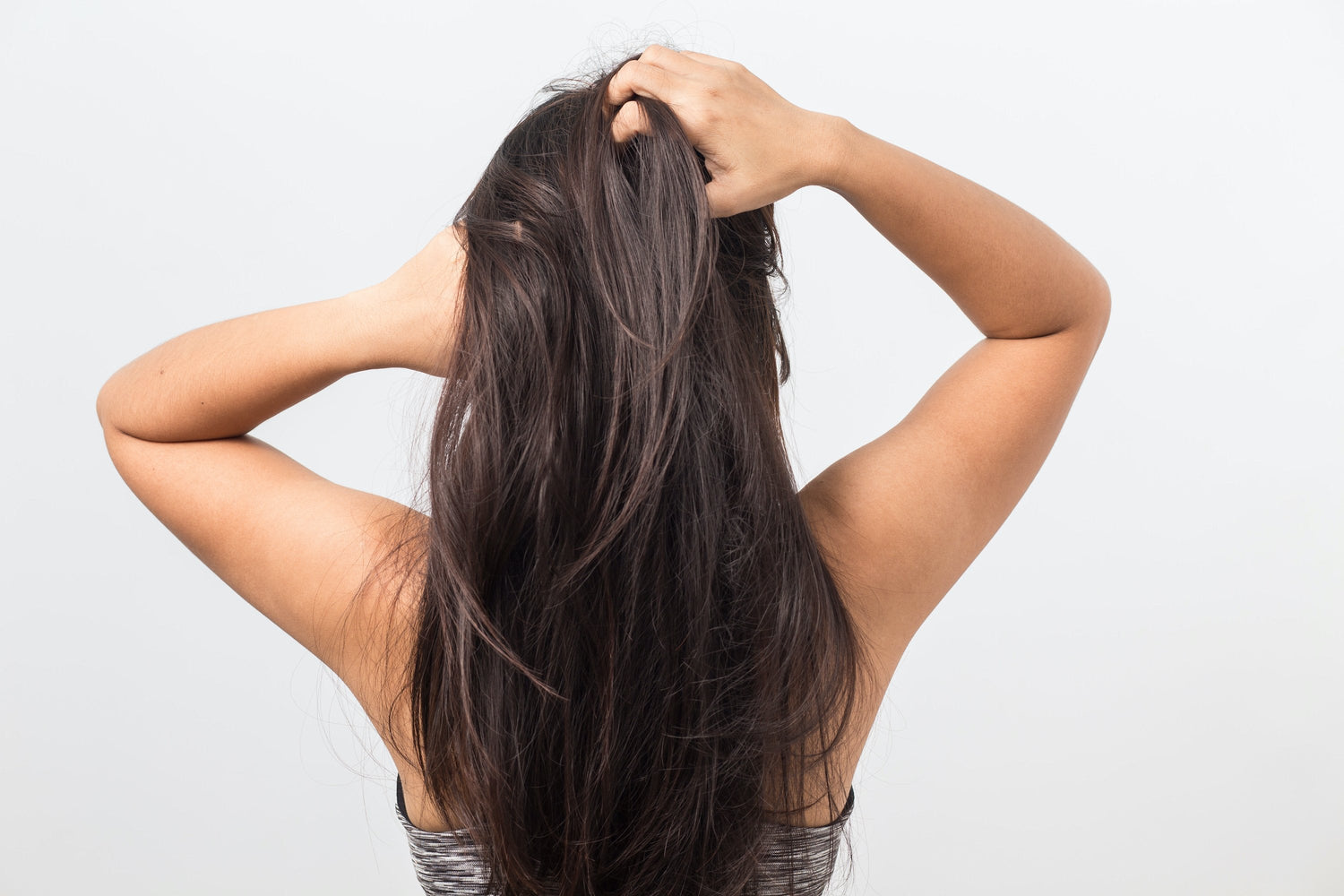
Our Reboots don’t just transform your hair. We advocate for suicide prevention, as a tribute to the losses we have experienced in our lives to suicide. In a couple of short months it will be National Dance Day, and we thought we would show you how dancing can improve your mental health.
National Dance Day came about by Nigel Lythgoe, co-founder of the American Dance Movement in 2010, and Congresswoman Eleanor Holmes Norton. It was created as a way to help people of all abilities see how they can incorporate dance into their lives. It was also created to educate others on how it benefits the mind and body and celebrate and find joy in movement.
Dance is more than exercise…
Listen, I believe in the value of exercise, but I really prefer it to be fun and meaningful. While I am not a dancer, I do see dancing as one of the best ways incorporate exercise, enjoyment, and creativity that might be slightly lacking in other exercise routines. Not to mention the incredible benefit that physical exertion has on your mental health.

Some mental health benefits to dancing include1:
- Alleviating symptoms of depression
- Replacing self-medication which often results in addiction
- Improving self-image
- Improving social skills
- Reducing symptoms of anxiety
Dance has also been recommended as a form of nursing intervention to benefit physical, mental, emotional, and social well-being.2
Dance and the Brain
In fact, there is a type of therapy called Dance/Movement Therapy that can be used to benefit multiple types of issues that stem from functions of the brain such as neurophysiological impairments as well as physical impairments. Examples might include children who struggle with walking to someone who has trouble with a normal speaking rhythm.
In a fascinating research article by Cynthia Berrol, she describes the way the brain has been theorized to function and how dance can be viewed from this neurological standpoint. She mentions how everything we do involves all parts of the brain, not just one small part. So, while our brains are somewhat compartmentalized, even the slightest wave of your finger involves the coordination of many different parts of your brain.3

Think of it this way…
Your brain is an organ, but for the sake of this article think of it as a muscle. The more you exercise your brain the stronger it gets. That is to say, when someone experiences depression, they aren’t necessarily “weak” in the brain, but their brain functioning isn’t typical. Just looking at brain scans of people who have experienced trauma will tell you how mental illness affects the function of the brain.
And by exercising the brain I don’t mean going to trivia night at your local hangout or reading a book (although those are other great things for your brain). What I mean is that when we move our bodies while listening to music we are using our brain in so many ways. We are using coordination, receiving all kinds of information and synthesizing it. Not only that, but we are using our brain in ways that we wouldn’t use otherwise.
As you feed your brain with holistic activities like dancing, you are helping it to fight against depression symptoms and feeding it with all of those feel good hormones that are absent when you experience mental illness.
SAVE ME FROM Team Dancing
Earlier this year, the SAVE ME FROM team and our families attended our local Holi celebration where we danced, threw colored powder on each other, and let loose to enjoy the moment. Since Holi is a time to forgive your loved ones and build up relationships (good for your mental health), and since our brand colors were inspired by the bright colors of Holi, we felt very at home at this celebration!
National Dance Day 2019
National Dance Day will be on September 21st this year. If you haven’t tried dance before as a way to protect yourself from experiencing mental illness, it never hurts to try. Try different kinds, go to a local dance studio and take a class or look for a fun video on Youtube.com. Or, if you don’t suffer from mental illness, offer to attend a class with a friend who does. We hope you’ve gained an appreciation for dance with these interesting facts and that you will give it a try!
Don’t forget, we will be walking in the Seattle Out of the Darkness Walk on October 20th, 2019. We are happy to include anyone on our team, and we will be looking for donations for the walk soon. Help us lower the suicide rate by 20% by 2025! We appreciate your consistent support and hope you have a good hair day!
References
- Taylor CB, Sallis JF, Needle R. The relation of physical activity and exercise to mental health. Public Health Rep. 1985;100(2):195–202.
- Teija Ravelin, Jari Kylmä & Teija Korhonen(2006) Dance In Mental Health Nursing: A Hybrid Concept Analysis, Issues in Mental Health Nursing, 27:3, 307-317, DOI: 1080/01612840500502940
- Berrol, C.F. Am J Dance Ther (1992) 14: 19. https://doi-org.libezp.lib.lsu.edu/10.1007/BF00844132





